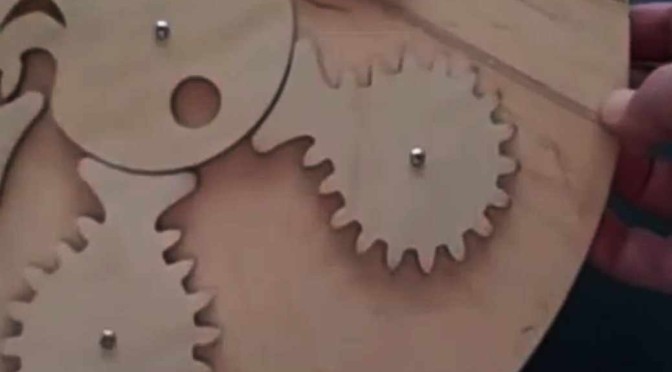By Anupum Pant
Euthanasia Coaster, A concept designed by Julijonas Urbonas, is a one of its kind roller coaster concept designed to literally kill you. As the name suggests, it is an engineering marvel designed to intentionally end lives of people suffering from terminal illnesses or the ones who are bored of a too long life – a practice referred to as Euthanasia. The coaster is a different kind of Euthanasia machine.
The concept, according to him is a humane way of ending lives of people who don’t want to live any more. Since, Euthanasia is seen as a suicide by some, it has been banned in some countries, while there are others who consider it legal. Similarly, the humane way of ending life by inflicting euphoria and thrill is considered a marvellous concept by some, and there are also others who are extremely disgusted by the idea. Most find it morbid.
Since Julijonas neither encourages nor discourages suicide, I think it isn’t right to judge him by his concept.
It kills you by extreme G forces that are produced at certain parts of the coaster. In simple words, it kills you by depriving your brain of oxygen. The medical term for it is Hypoxia. It does this by taking you up half a kilometre high and then dropping you into a 10 second long fall. It is built to carry 24 people and it ensures that all of them come back dead.
Euthanasia Coaster from Julijonas Urbonas on Vimeo.
There is no organization who plans to build it yet.
A tip you don’t need: Another way to die out of pleasure would be to feed yourself Theobromine. Now where would you find it?
Dark chocolates! A tiny bite of dark chocolate can easily kill your dog. But, if you are an 80 kg human, you need to consume about 10 kg of dark chocolate to kill yourself. That would be a great way to go, wouldn’t it?
Hit like if you learnt something!

